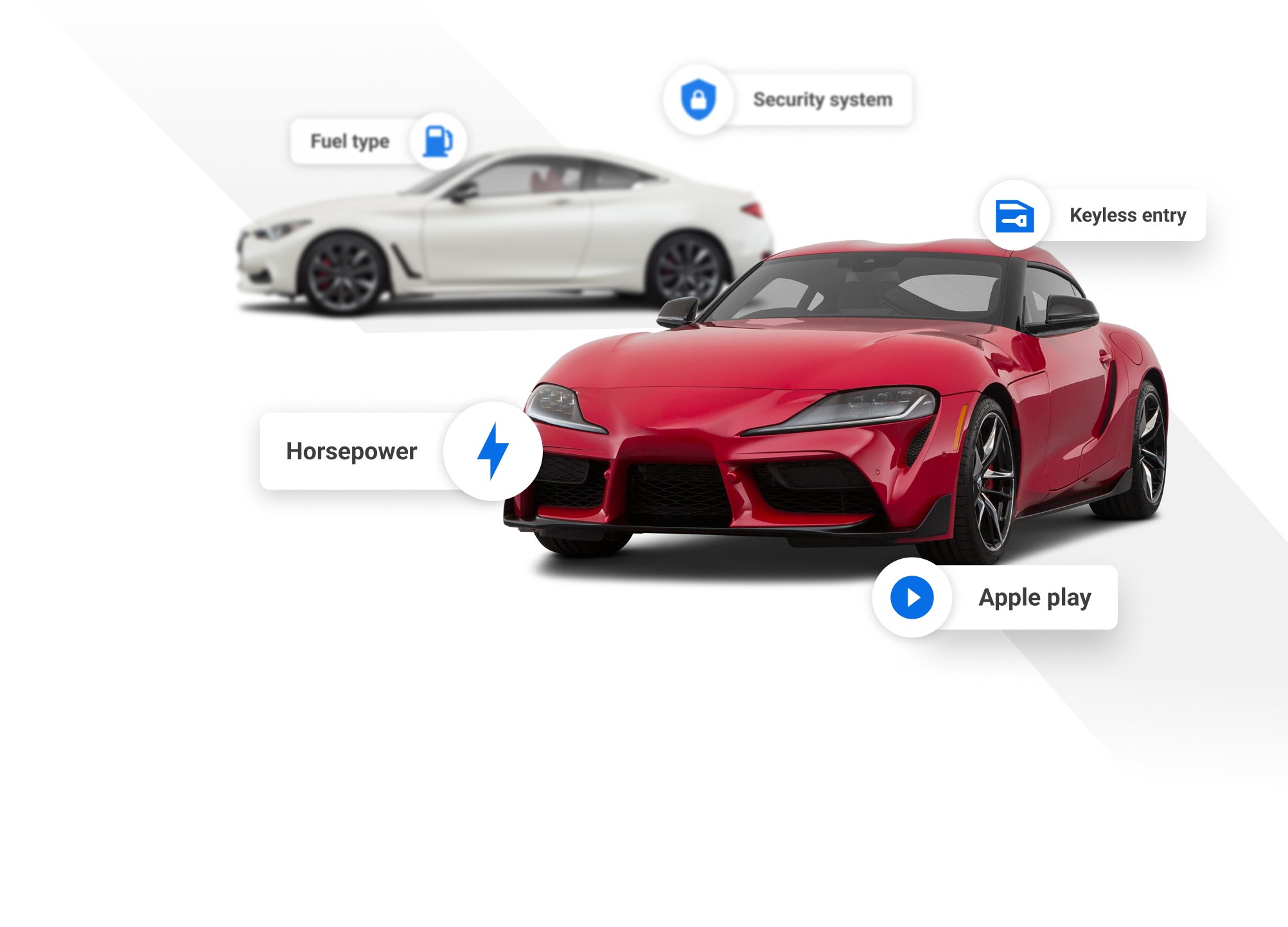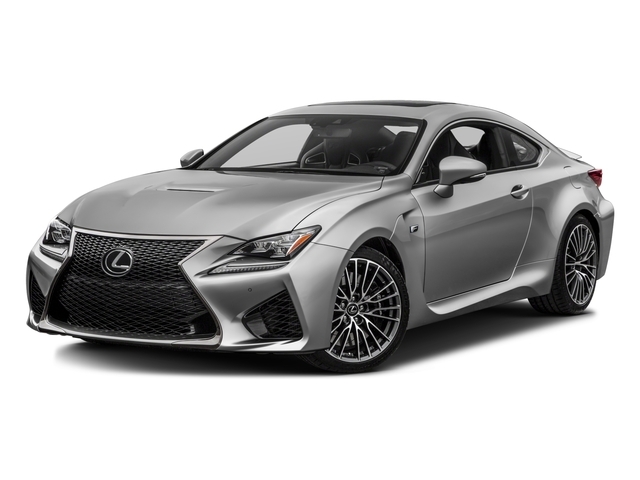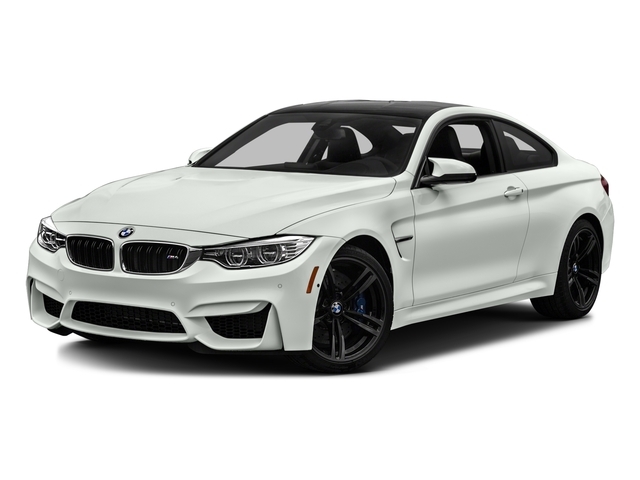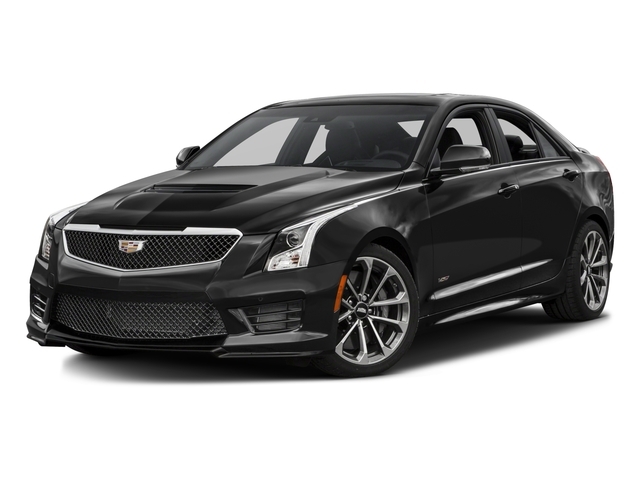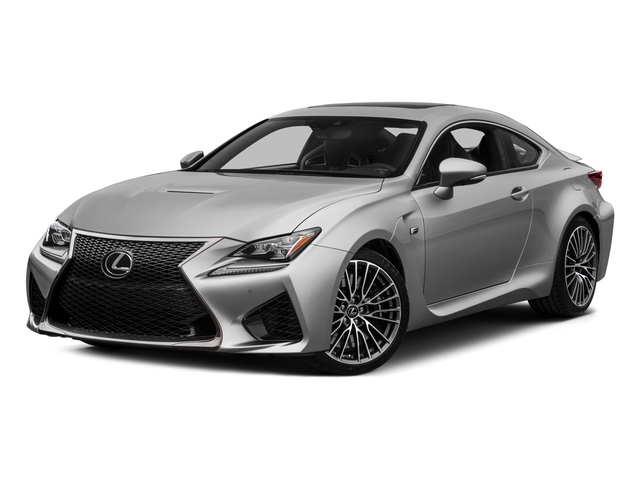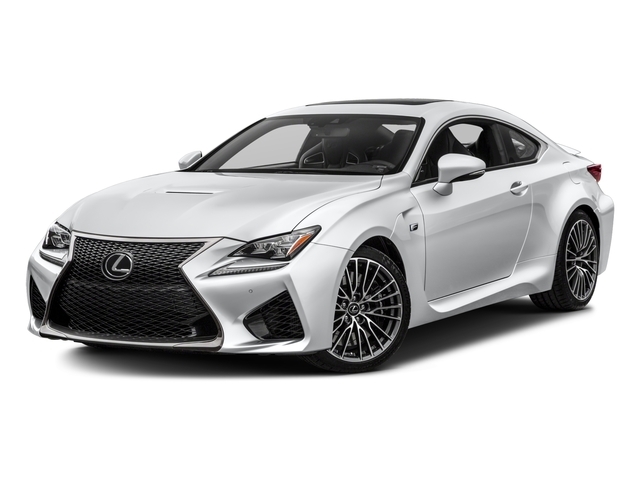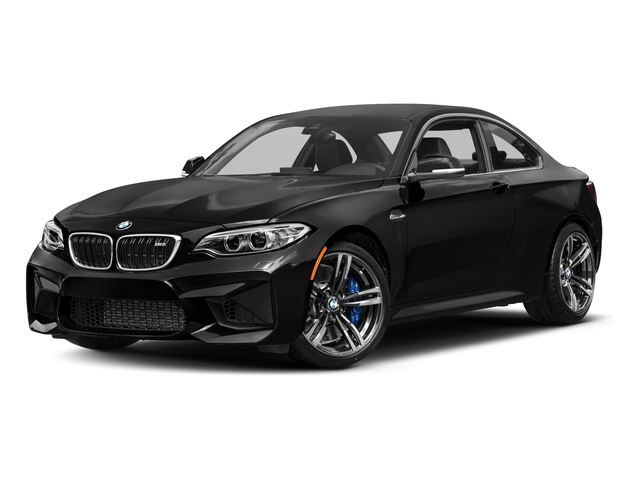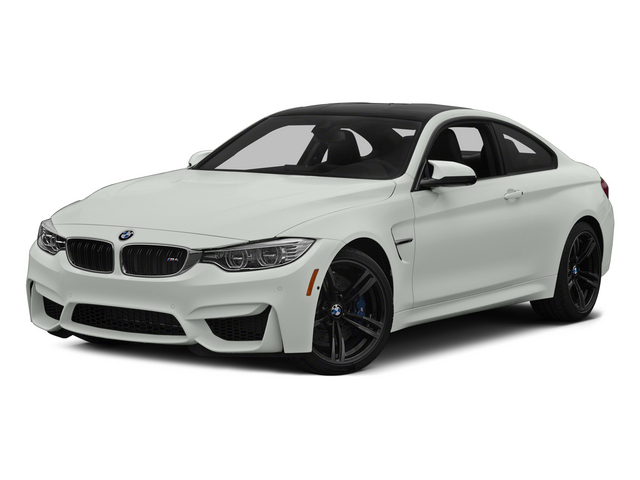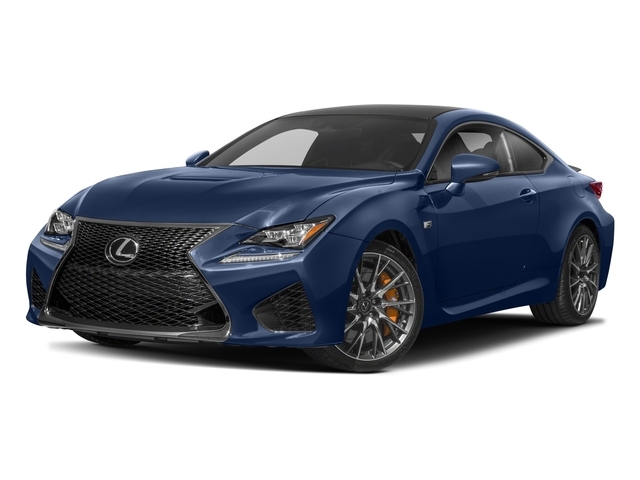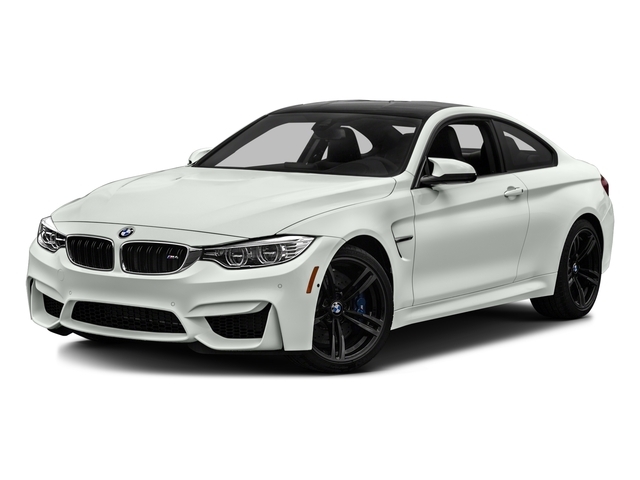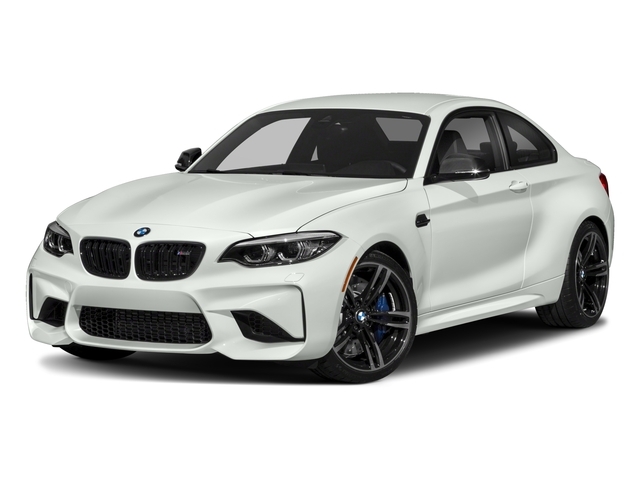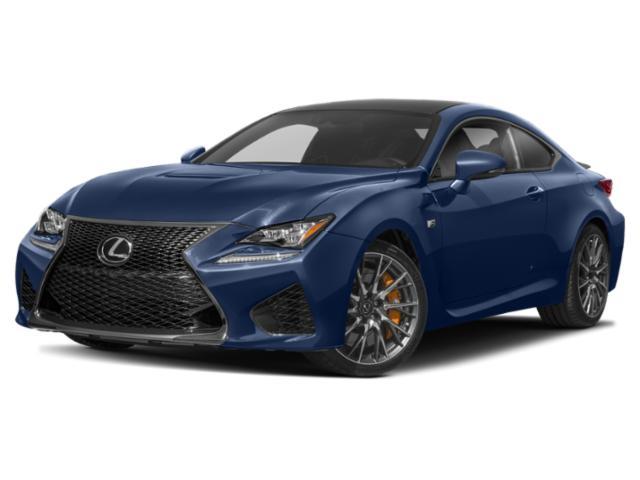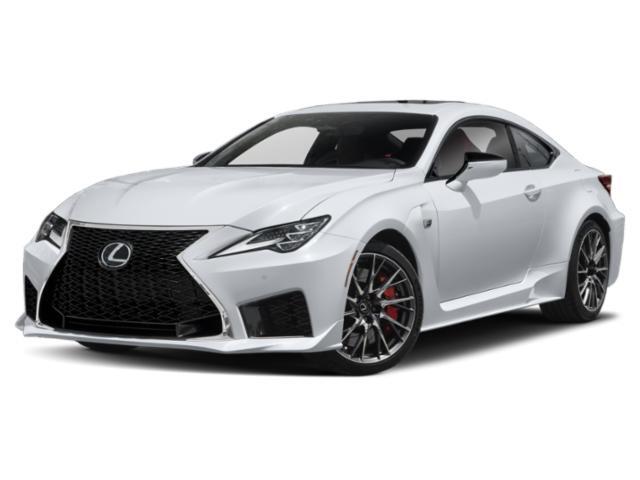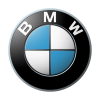
2016 BMW M2

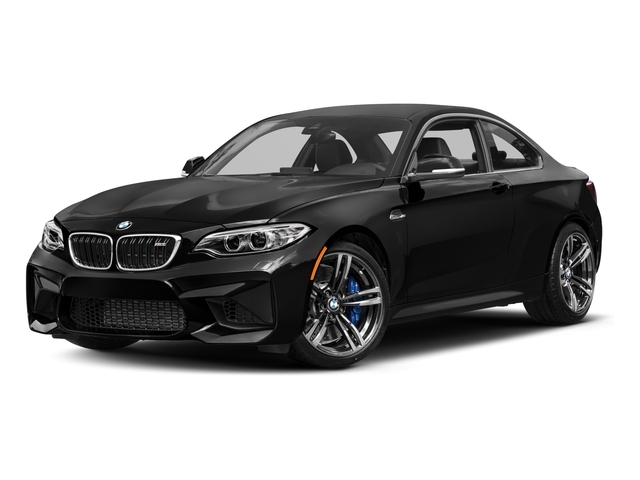
Key Specifications for 2016 BMW M2






Buyer’s Guide
The all-new for 2016 BMW M2 is more M3 than the M3. While the 3-series (and now 4-series) have evolved and grown they have slowly moved away from the compact, lightweight fury of the original M3. Adding the M badge to the 2-series brings the car back to its compact roots. The M2 has a 365 hp 3.0L twin-turbo inline six with 369 lb-ft of torque. It has a six-speed manual transmission (with a seven-speed dual-clutch available) and rear wheel drive. It's small, light, tidy, and is a blast to drive. The rear fenders are flared to cover a wider track and bigger tires. The steering rack comes from the M4, as do the subframes, which are strengthened and stiffer compared with the standard car. In fact, the M2 gets most of the M4's rear suspension. While they were at it, the M4 brakes were a fit so they came too. The M2 gets an electronic M rear differential that routes power to improve cornering. Other unique parts to the M2 include new side sills and a rear diffuser. The car is louder than the standard 2-series, as some insulation has given way to weight savings.
The only direct competitor is the Mercedes CLA 45 AMG, but the Benz can't match the BMW's handling and agility. There's the Golf R, or the upcoming Ford Focus RS, but an all-wheel drive hatch isn't likely to sway you from a rear-drive near supercar. The Porsche Cayman competes in the handling department but has no back seat and far less room. The M2 largely stands alone, and is an excellent choice for a compact coupe that is ready and eager for a back road or a track day.
The M2 comes with bi-xenon headlights, power adjustable seats with adjustable bolsters, heated seats and steering wheel, auto high beams and wipers, lane departure and collision warnings, parking sensors, rear-view camera, navigation, proximity key, radar cruise, and a Harman Kardon stereo. The only options are the dual-clutch automatic and bluetooth and USB phone connection. The BMW M2 is rated at 11.8 L/100 km city, 8.8 highway with the automatic and 12.7/9.2 with the manual.
Photos

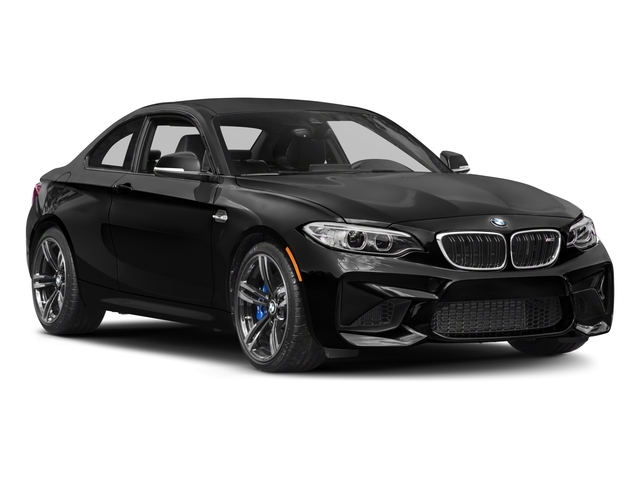
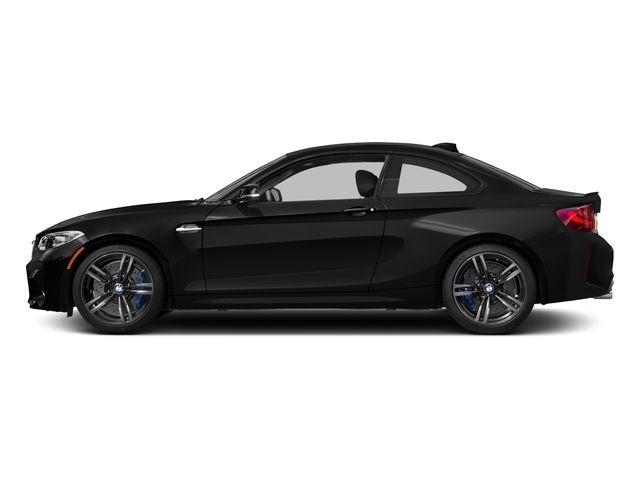
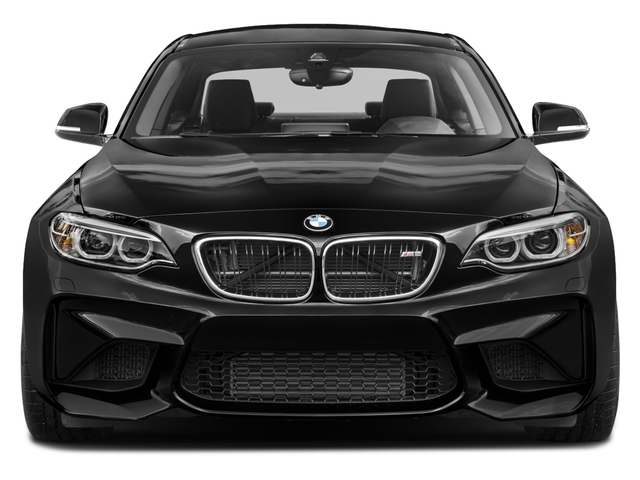
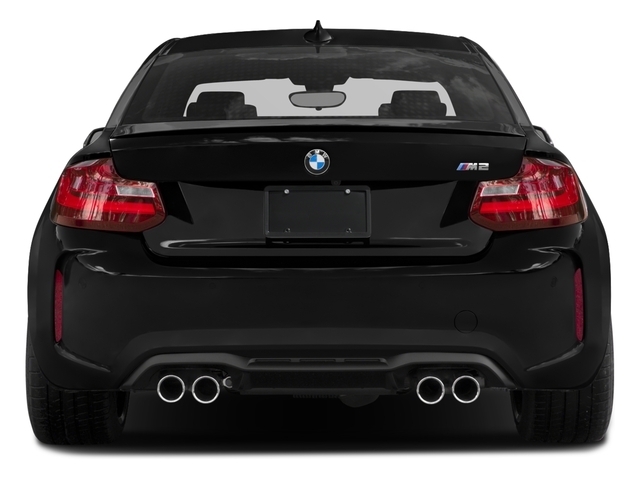
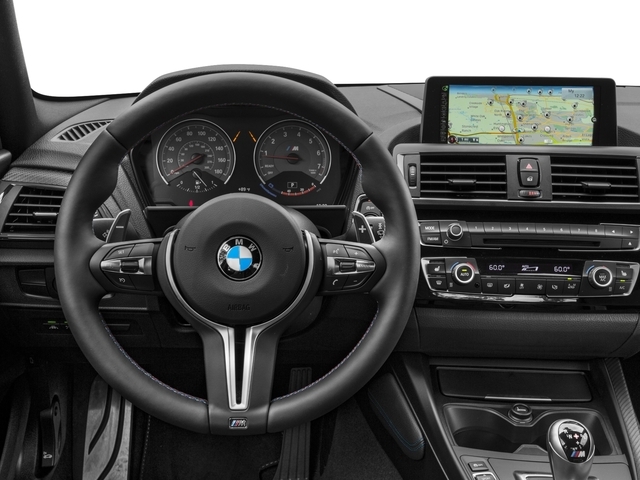
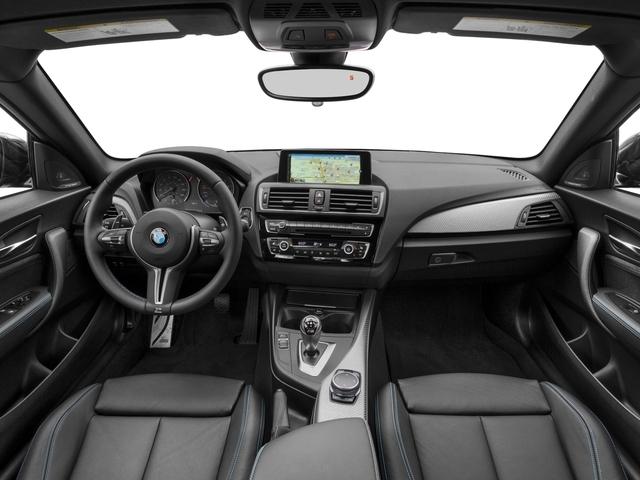
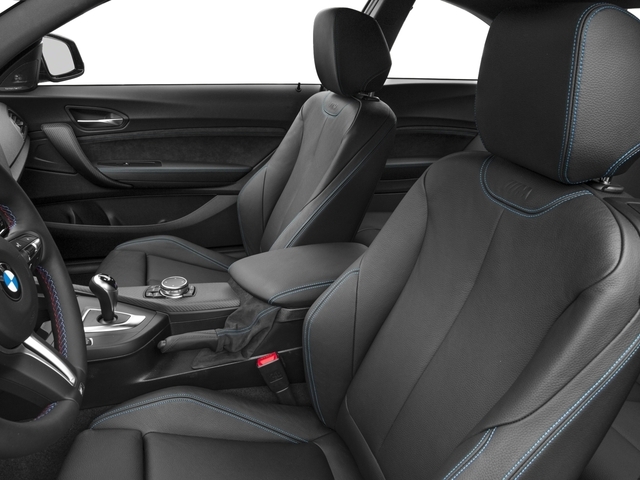
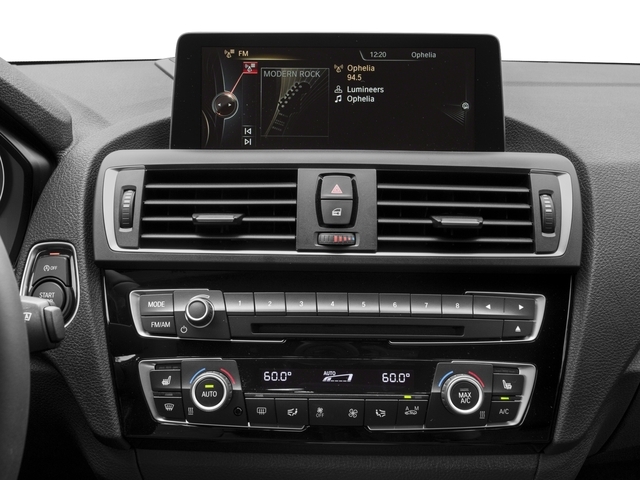
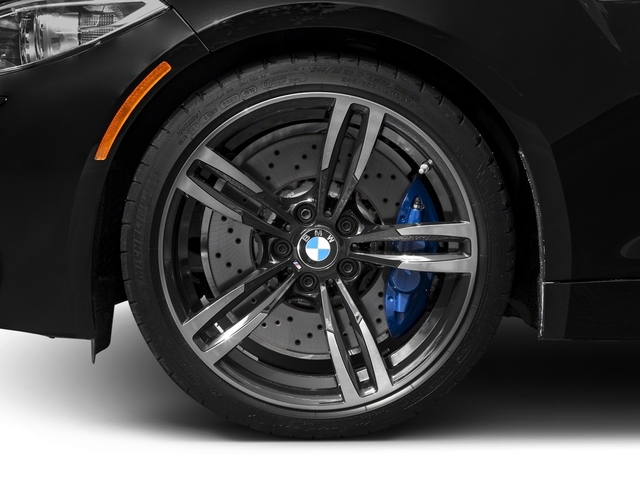
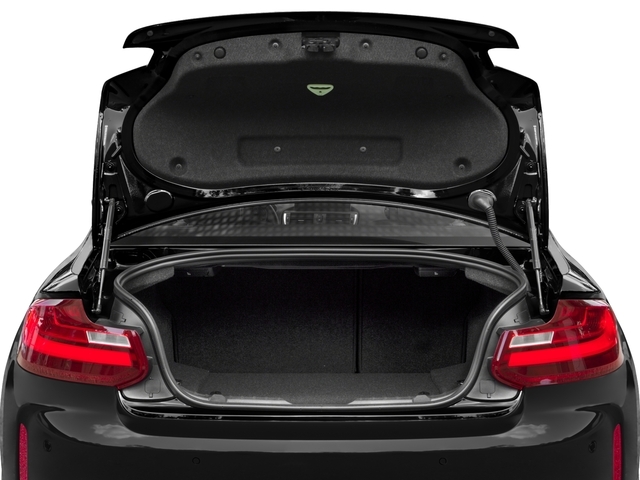
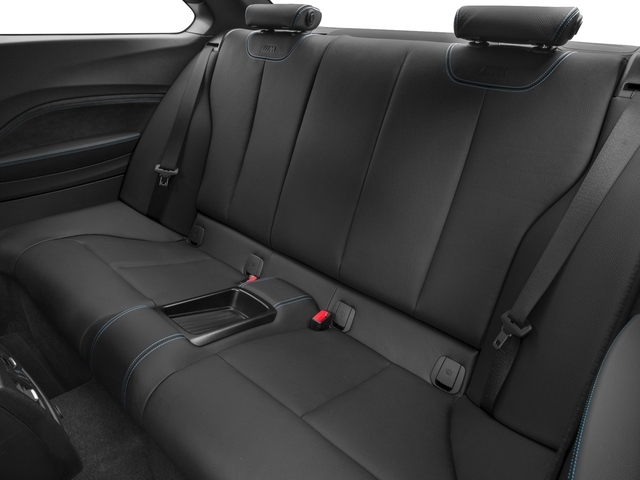
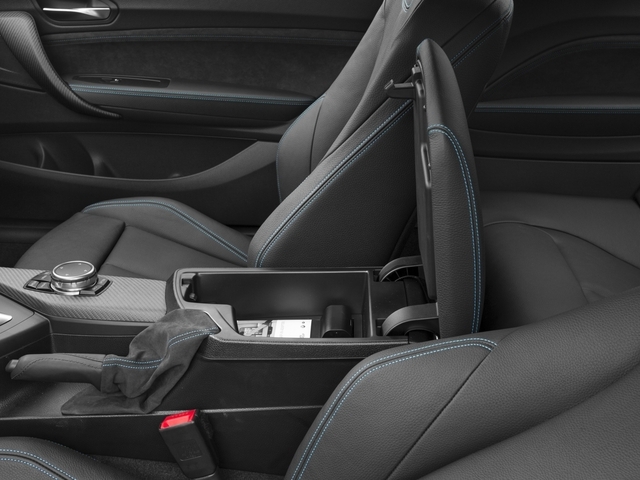
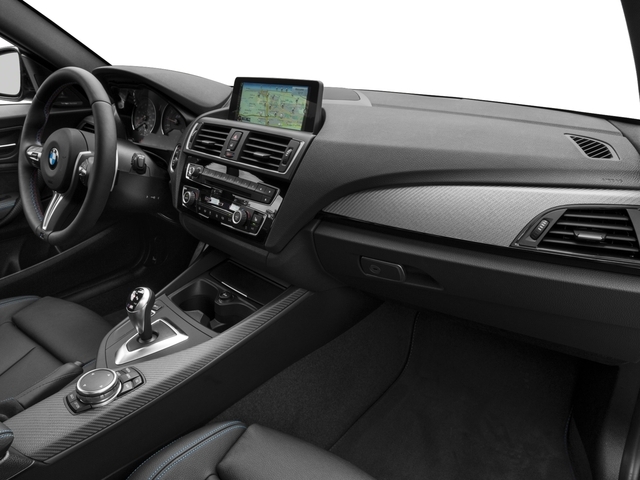
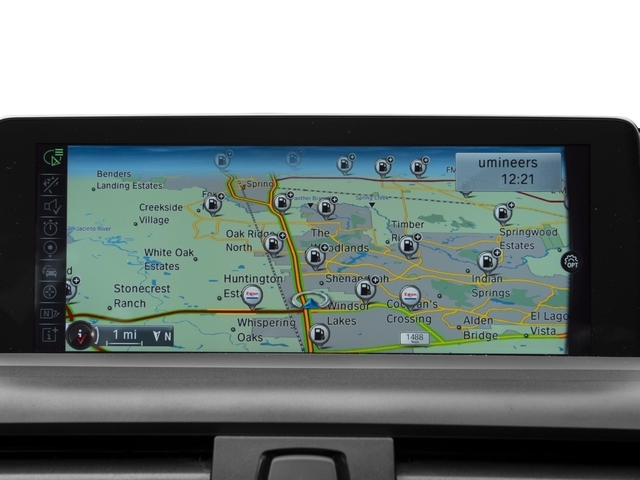















AutoTrader Review





